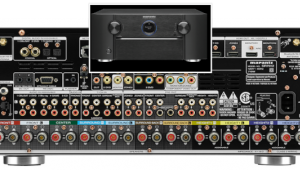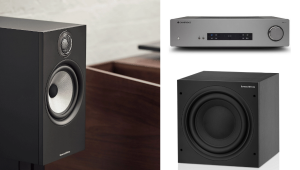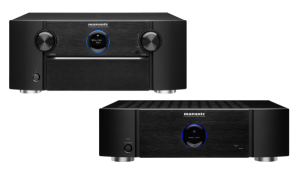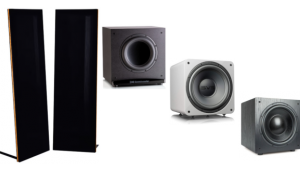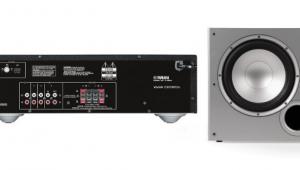- REVIEWS
Displays Electronics 
Speakers Sources 
Other Gear Software - TOP PICKS
- HOW TO
How To Buy 
How To Use 
Tech 101 - BLOGS
- NEWS
- FEATURES
- INSTALLS
Custom Installation - SUBSCRIBE
Is HDR the Same for Video and Photography?
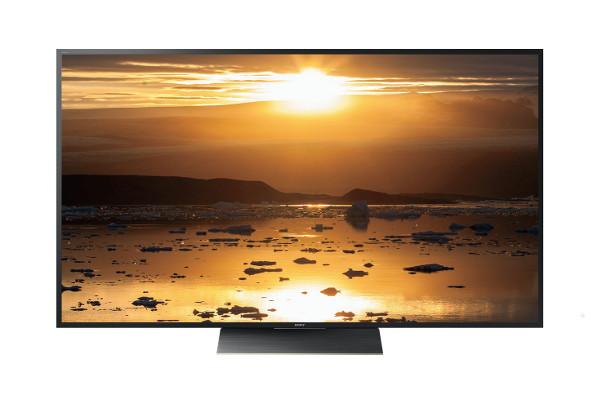
A Does the metadata used to enhance video for high dynamic range TVs also work with still photographs? —George Yeoh / via e-mail
Q No. Two very different processes are used to create HDR (high dynamic range) video and photos. With HDR video, images are captured at 10-bit or higher resolution using a professional digital cinema camera. During HDR post-production and mastering, metadata is added to the content that triggers an HDR-capable TV to display the expanded contrast and color gamut captured in the original image. If the TV being used is not HDR capable, the metadata gets bypassed and the set displays a standard 8-bit image with a Rec. 709 (HDTV) color gamut.
With HDR photography, multiple versions of an image are taken at various exposure levels and combined by a smartphone app or software package (Photomatix or Luminance DR, for example) to create a composite image. The key difference between high dynamic range video and photos is that an HDR photo isn’t real HDR: the increased shadow and highlight detail is instead an HDR-like effect created by the merging of multiple images with different exposure levels. That’s why if you were to display a photo created using an HDR photo app or software on an HDR-capable TV, it wouldn’t have the same dynamic visual quality as HDR video.
| Displays Electronics Speakers | Sources Other Gear Software | Top Picks of the Year Top Picks | Custom Install How To Buy How To Use |
Tech 101
|
Latest News Features Blogs | Resources Subscriptions |
WHERE TECHNOLOGY BECOMES ENTERTAINMENT
 © 2025 Sound&Vision
© 2025 Sound&VisionAVTech Media Americas Inc., USA
All rights reserved
